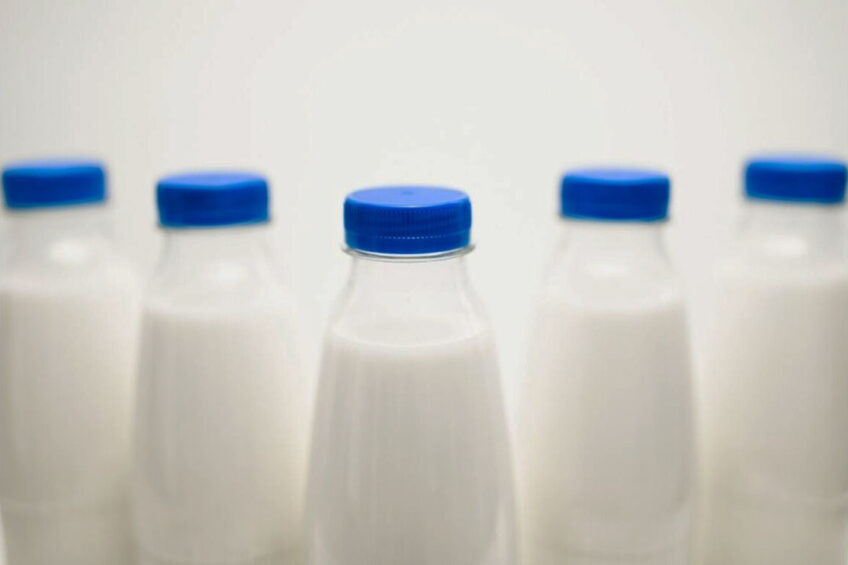United States: Milk pricing and its future

For about 50 years, price supports have been the backbone of the milk and dairy products pricing system. Price supports reinforce the entire price structure for bulk milk sold by farmers either directly to processors or through cooperatives.
Although, due to a decrease in the role of the price support programme, milk price volatility has increased, which is why the dairy industry will continue to evaluate future price risk management. The milk pricing system has been responsive to changes in the economic and political forces that influence the dairy industry. However, currently there is pressure to alter the pricing system by elimination of public pricing institutions.
Milk production and pricing report
According to the World Agriculture Supply and Demand Estimates report, in 2021, milk production in the US was 226.2 billion pounds which was about 1.1% higher than 2020. Early in 2022, milk production was predicted at 227.7 billion pounds which is up less than 0.7% from the 2021 forecast. In addition, the 2021 Class III* price was estimated at $17.05 per hundredweight (cwt), which was $1.11 less than the 2020 average. The Class IV** price was estimated at $16.09 per cwt, which was $2.60 more than a year ago.
The 2021 all milk price estimates were raised to $18.65 per cwt, raised 41 cents from 2020. The 2022 projected Class III and Class IV milk price were raised $1.50 and $1.90 (estimated $19.65 and $20.90 per cwt), respectively. The projected all milk price for 2022 was raised to $22.60 per cwt, up $1.85 from last month’s forecast.
OVERVIEW OF GLOBAL DAIRY MARKET PRICES
Milk pricing system in the United States
Over the past 50 years, a complex system of public and private pricing institutions has developed to manage milk production, assembly, and distribution. Milk pricing in the US is part market-determined, and part publicly administered through a wide variety of pricing regulations. Some of the regulations include milk price supports, Federal milk marketing orders, import restrictions, export subsidies, domestic and international food aid programmes, state-level milk marketing programmes, and a multi-state milk pricing organisation.
Non-government pricing institutions such as the dairy cooperative are also important. All government and non-government institutions work together to ensure that the public gets the needed milk, while the dairy industry gets the economic returns required to provide the milk.
Methods of pricing milk
The composition of milk varies by producer, individual cow, stage of lactation, and season, and some milk can easily contain twice as much fat as other milk. As the commercial dairy industry developed, measurement of the quantity of milk shifted from a volume basis to weight, since the accurate determination of weight was easier. In recent years, diverse pricing methods have emerged that distinguish differences in milk value due to various milk components other than just fat.
Some methods have tried to establish a value for each component in 100 pounds of milk and then estimate the milk price as the sum of the values, additionally these methods used differentials or bonuses for protein or total solids other than fat.
OVERVIEW OF GLOBAL DAIRY MARKET PRICES
The milk pricing system in the future
Creating a balance between supply and demand for milk requires establishing and maintaining a balance among the following factors: (a) the need for producer prices to remain high enough to maintain production but not so high as to encourage surplus production, (b) the willingness and ability of consumers to pay for milk and dairy products, and (c) the interest of producers, handlers, and the public in the orderly flow of milk and dairy products from producers to consumers. However, the milk pricing system will continue to evolve into the future, and further changes in the system will likely be forthcoming.
*Class III: Grade A milk used to produce cream cheese and hard manufactured cheese.
**Class IV. Grade A milk used to produce butter and any milk in dried form.
Join 13,000+ subscribers
Subscribe to our newsletter to stay updated about all the need-to-know content in the dairy sector, two times a week.










